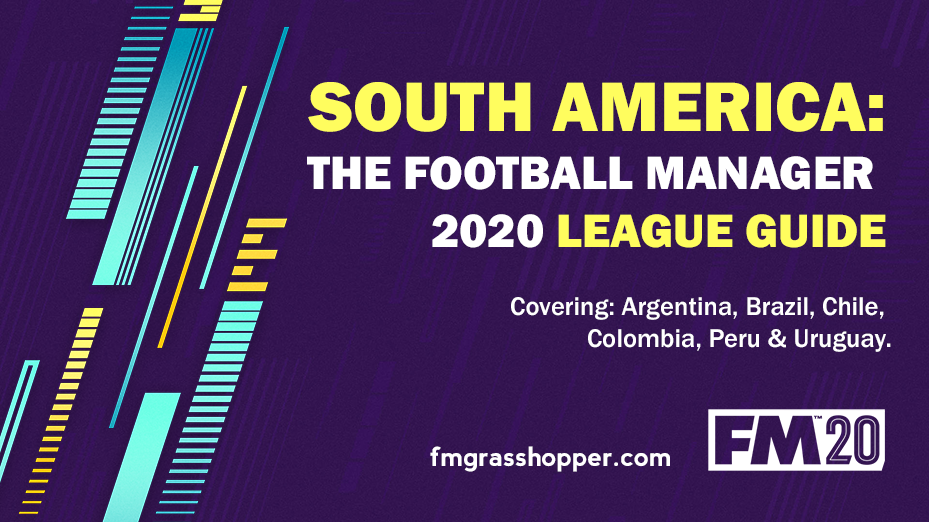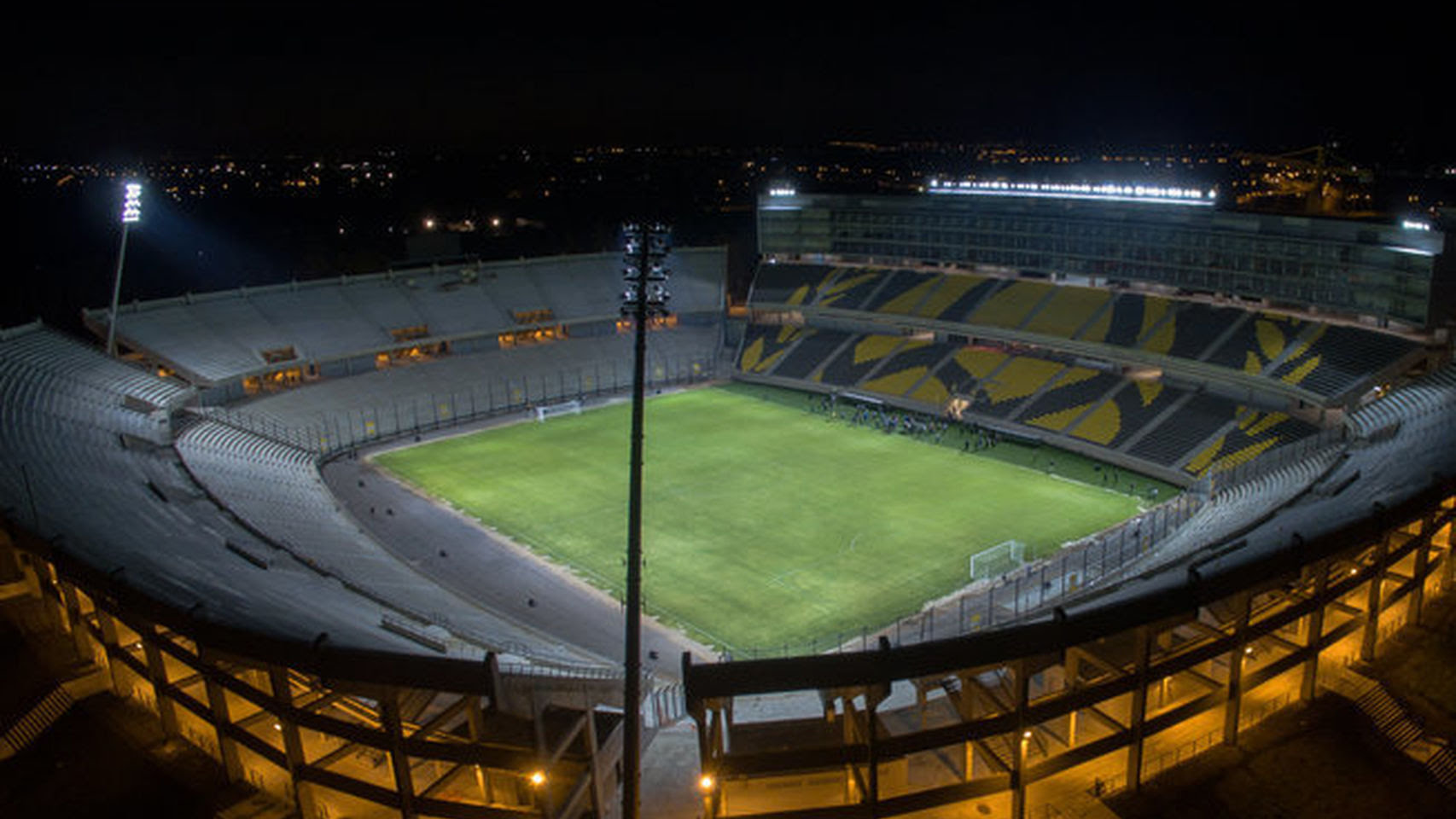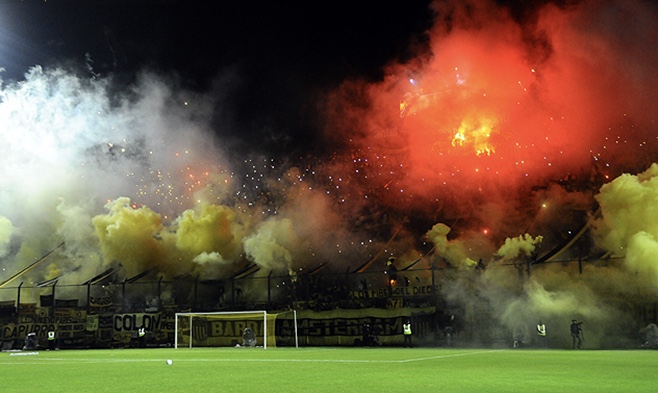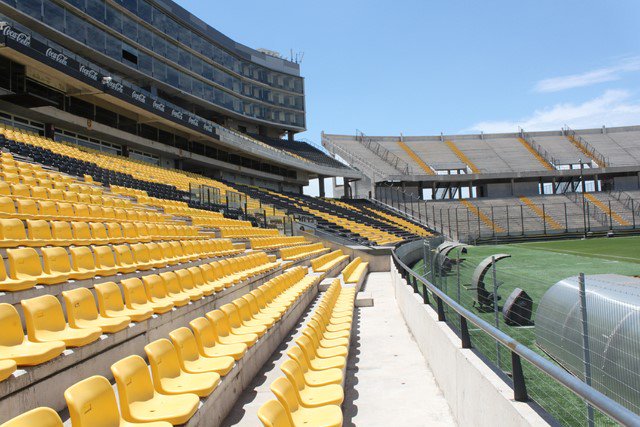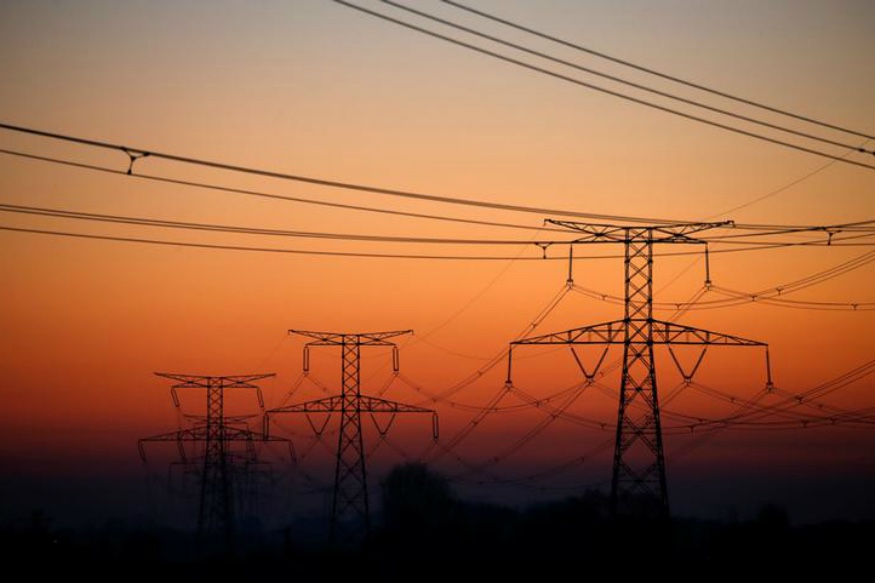The third and final part of our tribute to South America is providing you with a list of eleven ‘Ones To Watch’ for Football Manager 2020 players. Once again I am joined by Football Scout Vincent (@VincentGuzman_), who came to me with a list of around 40 South American players! Our aim was to shorten this down to a set of players that could be used in an XI together. We both agreed early on that we did not want to promote the well-known Wonderkids of FM19 again, instead you will see a number of players from the 2002 generation.
If the previous league & club guides did not whet your appetite, then perhaps this guide will. No matter where you play in Football Manager, you’re likely to come across South American players…so why not grab yourself a bargain below.
Disclaimer(s): There is a strong chance that you will need to load South American players for one or two of these players in order for them to be in your save game. You can do this on the ‘Advanced’ options when starting your save’s database.
If you like this post, or think it will be useful to others, please share via the link at the bottom of this page. Thanks in advance for reading.
GK – Wuilker Fariñez (Transfer value: €850k)
Caracas-born Fariñez is a player with an increasing reputation. He impressed on the continental stage with Venezuela’s youth ranks before making his NT debut at the tender age of 18. Now in Colombia, Fariñez has all the tools to become one of the best goalkeepers in the world. His incredible shot-stopping ability has earned him the nickname ‘the octopus’ and one has to wonder how Fariñez is still at Millonarios respectively.
RB – Yan Couto (Transfer value: €18.5k)
A player that is yet to make his professional debut is Yan Couto. The Brazilian fullback combines great skill on the ball with defensive discipline which made him stand out at multiple Brazilian youth tournaments. There’s a long way to go but it looks like Couto could follow into the steps of Daniel Alves as he aims to become a mainstay in the Brazilian NT.
CB – Saúl Salcedo (Transfer value: €2m)
He started his career for Paraguayan giants Olimpia Asuncion before making the switch to Buenos Aires-based Huracan. Salcedo is a typical South American defender in his way of defending and at 22-years old he’s more than capable of making a step up.
CB – Bruno Amione (Transfer value: €750k)
Quality left-footed defenders are hard to come by and with Argentina’s struggles in defence, the rise of Amione looks to be a very welcome one. Amione likes to play the ball out of the back whilst being defensively more than sound. At 17, he has recently made his debut for Belgrano. Los Piratas got relegated last season which means you may be able to snap up one of the most promising South American defenders for a relatively cheap fee.
LB – Jaminton Campaz (Transfer value: €77k)
Part of The Guardian’s NextGen series back in 2017, Jaminton Campaz is a player with a wide variety of skills. He started as a defender but has been playing more and more as a winger and successfully so. He missed out on Colombia’s U20 squad for their World Cup campaign in 2019 but his recent performances have been top-notch. His pace, trickery and general athleticism will be a threat for every opposing defender.
DM – Santiago Cartagena (Transfer value: €35k)
With just under 3.5 million inhabitants Uruguay continue to produce world-class footballers. Rodrigo Bentancur, Lucas Torreira and Federico Valverde are some recent graduates who like to sit deep in midfield and Santiago Cartagena looks to be the next in line. The 2002-born midfielder is yet to make his debut for Nacional in his native Uruguay but has shown promise across South America’s youth tournaments. He combines ball-winning ability with skill on the ball and just like many other Uruguayans he possesses that ‘Garra Charúa’ to make sure his side get the win over the line.
RM – Pedro de la Vega (Transfer value: €800k)
Dribbles, flair, assists and goals: Pedro de la Vega is a player who has had a meteoric rise. He went back to school the day after his first-team debut at Lanus and is now a mainstay both at club as well as at U20 level for Argentina. A player that draws fans to the stadium and with the right guidance he could go right to the top of European football. He won’t come cheap but his Spanish passport will help you surpass potential league restrictions.
LM – Talles Magno (Transfer value: €2.4m)
Another player who is undergoing a meteoric rise is Talles Magno. Making his first-team debut for Vasco da Gama in 2019, Talles Magno has been one of the rising stars in Brazilian football. He’s capable of taking defenders on and dancing around them like they aren’t even there: Talles Magno looks to be another fantastic wide player in the never-ending production line of Brazilian football. His slightly bigger body type also allows him to play up front which makes it even harder to not shortlist him if you can.
AM – Reinier (Transfer value: €240k)
THE biggest South American talent. Reinier looks set to reach the absolute pinnacle. Only 17, he has already made his debut for one of the most prestigious and wealthiest sides on the continent in Flamengo. He can score goals, he’s a great passer of the ball but is his general ball control and ability to dribble in tight spaces that make him stand out. He has captained various Brazilian youth sides and it wouldn’t come as a surprise if he’d eventually captain the Seleção. An absolute must-have if you are aiming to strengthen your side with a high-potential player.
ST – Jan Hurtado (Transfer value: €1.8m)
If you are looking for a striker who is strong, fast and direct, you should look no further. Hurtado can bully any type of defence in front of him which he combines with some decent technical ability. He was close to moving to Europe in 2018 and 2019 but ended up at South American heavyweights Boca Juniors. He won’t come cheap but Hurtado should be able to lead the line for plenty of European sides.
ST – Juan Manuel Gutiérrez (Transfer value: €79k)
The youngest ever debutant for Danubio at 16 years, 3 months and 12 days and Gutierrez has been in the spotlights ever since. He may not have scored many goals in his 19 cameos so far but his performances have been good for a struggling Danubio. At just 17-years old, Gutierrez seems to have the potential to replace Uruguay’s ageing strike force in Cavani and Suarez. It may not be a bad idea to sign him up as soon as he turns 18 as big European clubs will be monitoring him closely.
This brings an end to a comprehensive look at South America in Football Manager 2020. These posts will sit on my /fm20 page, and I hope players will make use of them. Once again, I would like to thank Vincent for his dedication and sheer passion for the continent. We both went into this little project with the aim of showcasing South America as an attractive place to manage in, and I feel we did this.
Thanks for reading,
FM Grasshopper


